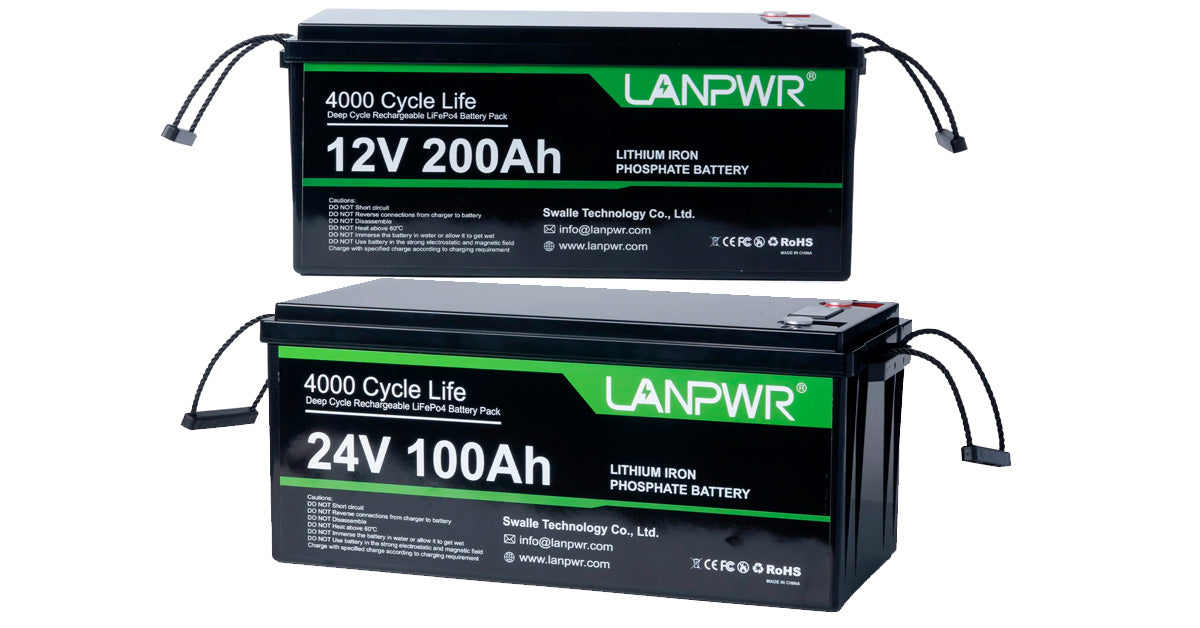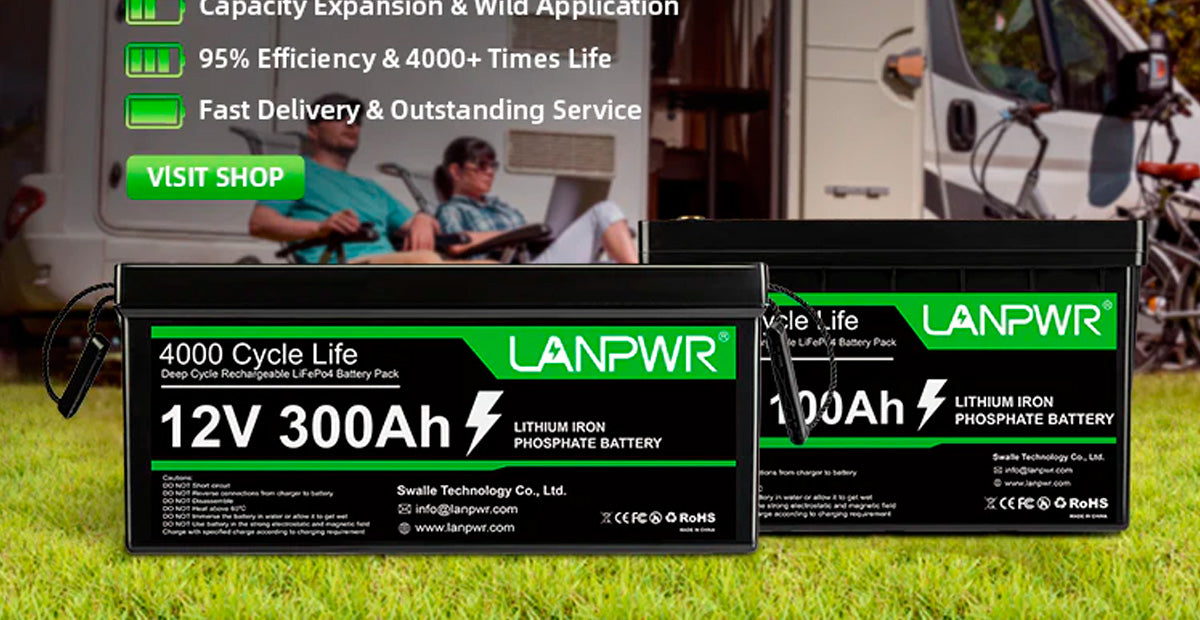With further research, cell phone batteries made from LiFePO4 may be developed. Due to their better performance, longer lifespan, and lower environmental and occupational health impacts, such batteries might be even more effective than the current ones.
Introduction
With mobile technology advancing at a fast pace, the need for innovations in power sources, especially those of batteries, is ever-growing; as wider usage of electronic devices increases and more people use them simultaneously, it becomes obvious that current batteries are not capable of satisfying such huge energy demands and continuously high expectations of users. Although lithium-ion batteries have become the norm, powering a wide variety of portable electronics because of their high energy density and recharging ability, there are still some drawbacks, such as safety and longevity concerns. This undertaking aims to gauge the likeliness of adopting LiFePO4 (lithium iron phosphate) tech in our cellphones in light of the advantages and challenges that may emerge when moving away from conventional battery setups.
This knowledge of Lithium Iron Phosphate (LiFePO4) Technology will also be highlighted.
Composition and Functionality
LiFePO4 batteries have a special cathode material with a structure of lithium iron phosphate, which is structurally and chemically stable and is a substitute for cobalt-based cathodes usually used in lithium-ion batteries. The alternate chemical makeup of them enhances this system's safety and durability. Batteries with phosphate-based cathodes are more resistant to overheating and retain more charge/discharge cycles with little degradation. As a result, the inherent attributes of LiFePO4 place this cell type at the top of the list for applications that necessitate batteries with high robustness and long service periods.
The way these batteries function is also a distinguishing factor. These are the running principles slightly different from the normal lithium-ion batteries. Such a charge and discharge process is more sustainable and helps maintain the standard of batteries over time. A crucial element that differentiates LFP batteries from others is that there is no safety concern, and it also helps prevent the degradation of batteries, making them suitable for use in other sectors like electric vehicles and industrial machinery.
The historical and current uses.
LiFePO4 technology has been well taken because of many advantages running on the safe side, usually in such places as electric vehicles and renewable energy systems. One of the reasons why this battery is popular among people is because it has a lot of robustness and safety features. It can be used when failure has a great role hence its usage is increasing. This historical application is a proven testimony of the reliability and performance of this technology, and thus, it can be used in other fields to help us in development.
However, LiFePO4 batteries differ in many ways from other lithium battery types like LiMnO2, and LiFePO4 batteries boast better characteristics than other lithium-rich battery technologies in terms of safety, low cost, and long life. Although both types are employed in high-level cases, the LiFePO4 type is commonly considered a safer battery and has a greater life span. These features are derived from the stable chemical structure of this material, which is more resistant to thermal runaway and degradation than the oxides used in other lithium batteries. This is because it allows LiFePO4 to propose itself for tasks where the above two factors, safety and longevity, are at the top of the list.
The advantages of LiFePO4 batteries:
Safety Features
Safety is a vital issue in the field of battery technology, especially when one considers the dangers involved in thermal runaway, which is when a battery gets too hot and catches fire or even explodes. The LiFePO4 battery reduces the aforementioned risk thanks to its chemical stability, fast longitudinal diffusion, and low sensitivity to life cycles. This fire resistance safety function is a deserving reason why battery users apply the LiFePO4 the most when a battery failure could lead to dire effects.
Also, the LiFePO4 technology is so stable that not only does it increase safety, but also it is very environmentally friendly. No unhealthy substances, such as the element cobalt, are included in them. While it is the main reason it harms human life and nature, ethical issues are also at stake during its mining. This highlights one crucial function of LiFePO4 batteries, which is gaining momentum as the globe urgently switches to sustainable and green actions.

Longevity and Efficiency
The long life of the LiFePO4 batteries is one of their most important features. Such a battery can facilitate thousands of charge cycles and still have almost no capacity degradation, which is much longer than the charge life of conventional lithium-ion and lead-acid batteries. Saving the task of frequent battery replacement extends the lifetime of foot-powered devices, reducing the long-term cost of ownership and the environmental damage resulting from battery disposal.
Although the LiFePO4 batteries have lower energy densities than the standard lithium-ion batteries, their efficiency and stability over time make it up for it. It is argued that the energy capacity of solar panels in comparison with the ones in the batteries may result in a temporary power loss while their lifetime is longer than that of the batteries, leading to less frequent replacement of the batteries, which is crucial for the devices mainly for regular operation.
LiFePO4 Batteries, Smallness, and Mobile Devices.
Feasibility of Integration
The implementation of LiFePO4 technology for use in mobile devices faces a few engineering challenges, mainly in the dimension and weight of LiFePO4 batteries compared to traditional lithium-ion batteries. The existing LiFePO4 cells are bulkier and more massive, which is the major drawback that limits the introduction of very slim, lightweight mobile devices with built-in rechargeable batteries, which are preferred by most customers. Indeed, LiFePO4, which has a good energy density, is not quite ideal for compact devices like smartphones, and it needs optimization to match present-day needs.
LiFePO4 technology integration into mobile phones must thus be focused on miniaturization and improving energy density without sacrificing the safety and longevity advantages that are inherent in it. This requires novel engineering solutions and new breakthroughs in materials science for LiFePO4 batteries to become a viable and capable alternative, which has to be lightweight in the case of compactness, have high power to fulfill its modern functionalities, and, most of all, be environment-friendly.
The benefits of mobile phones to our day-to-day living are numerous.
Even though facing difficulties in adapting the LiFePO4 batteries in mobile devices is a challenge, the user's experience will be much improved, as they will have longer battery life and be safer. These batteries, in turn, degrade less, so even if they have been through cycle after cycle of charge, they would still last longer and manage to keep smartphones’ battery performance at higher levels of performance than previously. Furthermore, LiFePO4 batteries incorporate safe features that give fewer recalls and the feeling of security into consumers' minds, attracting more trust and satisfaction.
The future positive aspects and possible costs of reduced battery replacements will make LiFePO4 a desirable alternative for manufacturers and consumers. Technology advancement will always keep jump-starting these limitations, and if LiFePO4 were to be identified with mobile devices, a new standard for consumers would already have started. Safer, longer-lasting, and more environmentally friendly battery cells will indirectly spearhead the consumer electronics industry.
Case Studies and a Compare-and-Contrast Analysis
Comparative Analysis with the Lithium-ion Batteries
However, a comprehensive comparative analysis between the LiFePO4 and the traditional lithium-ion and lithium manganese oxide batteries might be provided, in which results are examined based on the cycle life, safety, and long-term stability. We owe much of the extended life of mobile devices to the Lithium-iron-phosphate (LiFePo4) batteries that retain a stable capacity for many full battery charge cycles, which makes it possible for us to reconsider the length of time phones could work without significant depreciation of their performance. This study demonstrates the advantages of LiFePO4 in energy storage and its potential to become the preferred choice in applications where safety and durability are the main priorities.

Moreover, with regard to the lifecycle of LiFePO4 batteries, they also have the advantage of lower resistance to self-heating and intrusive electrode swelling, two typical problems of lithium-ion batteries that could cause device damage and potential danger to the user. The Fallacy of Comparison These findings highlight the appropriateness of LiFePO4 as an innovative and durable battery technology solution that is safer than the conventional one used currently, especially in an environment where mobile device usage is everywhere and intense.
Real-World Applications
The first application of LiFePO4 technology in small electronic devices is like a prelude to its possible use in mobile phones. These pioneering projects prove the usefulness and great performances of LiFePO4 in practice and set a precedent that may be followed by its further wide adoption and merging with more well-known consumer electronics. The technology is developing, and its productivity is increasing, which will further raise the financial and technical accessibility of LiFePO4 batteries for employment in a broad range of mobile electronics.
The predicted adoption patterns show that as consumers and manufacturers become more conscious of the advantages of LiFePO4—especially safety and longevity—there will be a massive shift towards this technology. Further progress in LiFePO4 battery miniaturization and energy charging will catalyze the switch from current LMO technology in the next round of modern mobile devices and make it a choice for consumers.
The role of globalization in international trade has both benefits and drawbacks.
Technological and Economic Obstacles
Nevertheless, the advantageous features of LiFePO4 batteries would not be the only concern in mass market application; financial and technical barriers would also affect this sector. These shortcomings, like lower energy density and higher manufacturing costs, are the main obstacles to resolve. Research and development are the keys to discovering ways to improve the energy density of the batteries cost-effectively while maintaining their safety and longevity benefits.
The prior higher cost of „LiFePO4“ technology is a barrier that manufacturers and users must beware of because it is not just the normal cost of traditional lithium batteries. Eliminating this cost barrier is necessary for LiFePO4 batteries to be competitive in the consumer electronics segment. This includes both the development of technologies and scale economies for the production costs to be reasonable and, as such, to become comparable with those of the rivals.
Market readiness and consumer acceptance.
acceptability of the market as a principal source of LiFePO4 provides the status it deserves. This is substantially based on the fact that consumers clearly comprehend the benefits of this technology over the existing technologies. Customer attitude toward electric vehicles greatly depends on the instant advantage that one can obtain from them, like increased safety and longer life of their batteries. Efficient communication and marketing strategies are the key factors in informing consumers about the advantages of LiFePO4 technology and developing a strong value proposition that will get through to end users.
Also, the regulatory authority and industry standards greatly impact that and are naturally the key players in developing and adopting the new technological right. Safety, performance, and compatibility standards should be updated and harmonized to include the LiFePO4 specifications so that such batteries would fit precisely into current and future mobile applications. Such measures will reduce the consumer's reluctance and, thus, the faster achievement of LiFePO4 technology in the market.
The LiFePO4 technology will be the new norm if it undergoes widespread acceptance owing to its safety, longevity, and environmental benevolence. The way of integration and acceptance of these technologies exists still. However, continuous innovation in battery technology and materials science shows these to be serious challenges It is possible that with long-lasting research and development, lithium-ion Iron Phosphate batteries will be the basis of future mobile energy solutions, making the users' devices safer and more reliable.
Therefore, achieving LiFePO4 batteries is only possible with continuous research and development funding. Technological developers, consumers, and regulators must continuously and constantly engage in conversations and collaborations to deal with the current challenges and forge a way to embrace this promissory technology in the consumer electronics market. A variety of conversations among the interested parties will guarantee that the transition to LiFePO4 technology is both strategic and beneficial to all the stakeholders.














Leave a comment
This site is protected by hCaptcha and the hCaptcha Privacy Policy and Terms of Service apply.